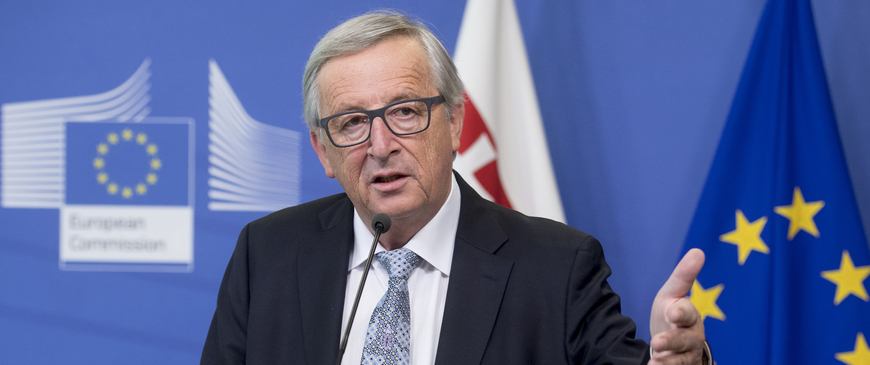
Are the scenarios in Juncker’s White Paper on the future of the EU realistic?
On Wednesday, the European Commission presented its ‘White Paper on the future of Europe’, ahead of the Treaty of Rome’s 60th anniversary celebrations on March 25th. The paper is surprisingly short and clear. It praises the virtues of the EU before discussing the challenges ahead, from aging populations to security threats. The document sets out five scenarios for the EU in 2025, ranging from ‘business as usual’ to an ‘all-mighty European Union’ (though the paper uses different terminology), and covers everything from the single market to defence and migration.
The Commission does not mention the United Kingdom’s decision to leave the EU, but the impact Brexit has had on this exercise is evident: the Commission has realised that if it wants the EU to survive, it needs to listen to what national governments (and their citizens) have to say about the future of Europe. But old habits die hard and the paper is sprinkled with grand references to ‘dreams’, ‘founding fathers’ and ‘vows’. This does little to connect with ordinary citizens’ concerns, at a time when their trust in the EU is decreasing. Even the beautifully constructed sentence “our darkest days are still far brighter than any spent by our forefathers imprisoned in Ventotene” is a reference to a prison that many in Europe are too young, or too geographically removed, to have even heard of. At times, the White Paper looks like an ode to a Europe that resonates with the post-World War 2 generation in Europe, not with the children of the post-Cold War era.
Divisions inside the EU will make it difficult to implement any of the Commission’s five scenarios. The EU cannot carry on as before (scenario 1), since it is already losing popular support. The second scenario (dubbed “nothing but the single market”, an option the UK would have probably supported), is anathema to the most integrationist member-states (including Belgium, Luxembourg and Spain). France and Germany’s preferred option (and that of many in Brussels, inside and outside the EU institutions) is a ‘multi-speed Europe’ (scenario 3) — a European Union where a core group pushes forward with integration in areas like defence, security or taxation, while others remain outside. But some Eastern European countries have already said this is a non-starter for them. Scenario 4 (“doing less more efficiently”) sounds good on paper but has the non-trivial difficulty of deciding what is ‘less’ and what is ‘more efficiently’ (the Commission’s choice of policies where the EU produces less added value seems rather bizarre: it includes regional development and health and safety standards, both necessary if living and working standards across the EU are to converge). Scenario 5 (“doing much more together”) is completely out of tune with current political trends in member-states.
The reality is that, unable to agree on anything more radical, the EU will probably keep muddling through with some deepening of the single market, some multi-speed Europe, a little more efficiency and a lot of continuity.
Camino Mortera-Martinez is a research fellow at the Centre for European Reform.
